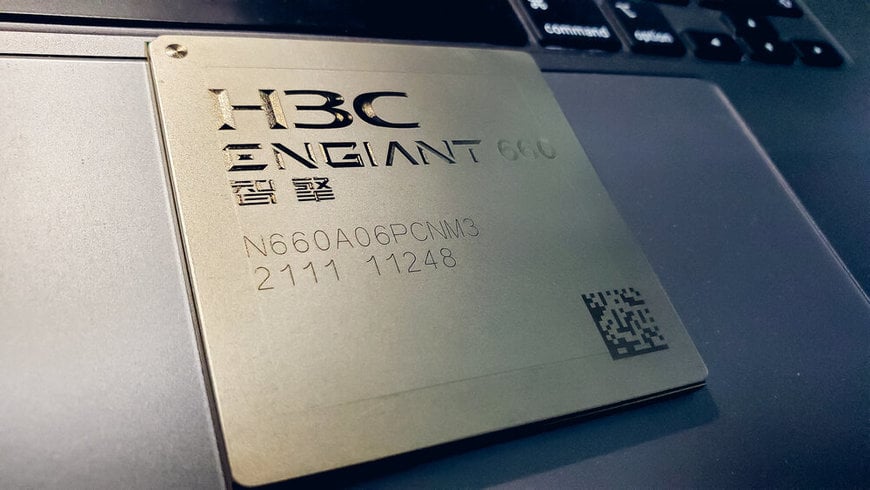electronics-journal.com
15
'21
Written on Modified on
H3C Semiconductor and Ansys Innovate Next-Generation Network Processor Chip for High-end Routing, 5G Backhaul, AI and Cybersecurity Applications
Ansys’ multiphysics platform enabled H3C Semiconductor engineers to speed simulation analysis time by 10x and greatly improve product reliability.

H3C Semiconductor designers used Ansys’ comprehensive multiphysics platform — including Ansys SIwave, Ansys HFSS, and Ansys RedHawk-SC — to engineer a state-of-the-art network processor chip featuring 56G Serdes and LPDDR5 interfaces
Using Ansys solutions, H3C Semiconductor designers managed multifaceted design issues from chip design to signoff, co-simulating the chip and package to power advanced routing, 5G backhaul, artificial intelligence (AI) and cybersecurity applications
H3C Semiconductor leveraged Ansys (NASDAQ: ANSS) simulation solutions to launch ENGIANT 660, a highly sophisticated network processor chip that enables routing, AI, 5G backhaul and cybersecurity applications. H3C Semiconductor designers used Ansys’ cutting-edge multiphysics simulation platform to enhance product signoff efficiency, spur product development and pass stringent testing requirements.
To innovate a large-scale complex network processor chip for advanced processes, reduce development costs and solve a myriad of complicated design issues, H3C Semiconductor designers employed a broad spectrum of multiphysics simulation solutions. Ansys solutions empowered designers to perform comprehensive analysis of power noise, signal integrity, thermal reliability and structural dependability from chip design to signoff. This ensured the highly reliable processor chip met demanding design specifications and accelerated the development of chip, package and system.
By integrating Ansys simulations into their workflow, H3C Semiconductor designers cut hardware costs and substantially sped production of next-gen chips for routing, AI, 5G backhaul and cybersecurity applications. Designers used Ansys® Redhawk-SC with its cloud-native, elastic compute Ansys® SeaScape database to validate full-chip power integrity and slash analysis times by 10x. Additionally, they harnessed Ansys® SIwave to analyze signal integrity, leveraged Ansys® HFSS to optimize 3D electromagnetic performance and used Ansys® Mechanical and Ansys® Icepak® to solve difficult thermal and structural reliability issues.
“As enterprise customers rapidly develop high-end core routers, 5G backhaul, SDN/NFV, AI, Firewall and Load Balancing applications around the world, Ansys’ multiphysics simulation solutions for chip packaging systems address the thermal and structural reliability and power integrity challenges associated with large-scale chips,” said David Dai, vice president of engineering operations at H3C Semiconductor. “Collaborating with Ansys proved instrumental to our design team, which heavily relied on simulations to create ENGIANT 660, the first network processor chip independently developed by H3C Semiconductor.”
“Engineering new chips for exciting new routing, 5G, AI and cybersecurity applications creates complex power noise and electromagnetic, thermal and structural challenges that can only be overcome with simulation,” said John Lee, vice president and general manager at Ansys. “Our continued collaboration with H3C Semiconductor will drive new designs with increased confidence and help ensure first-time design success across their organization.”
www.ansys.com

